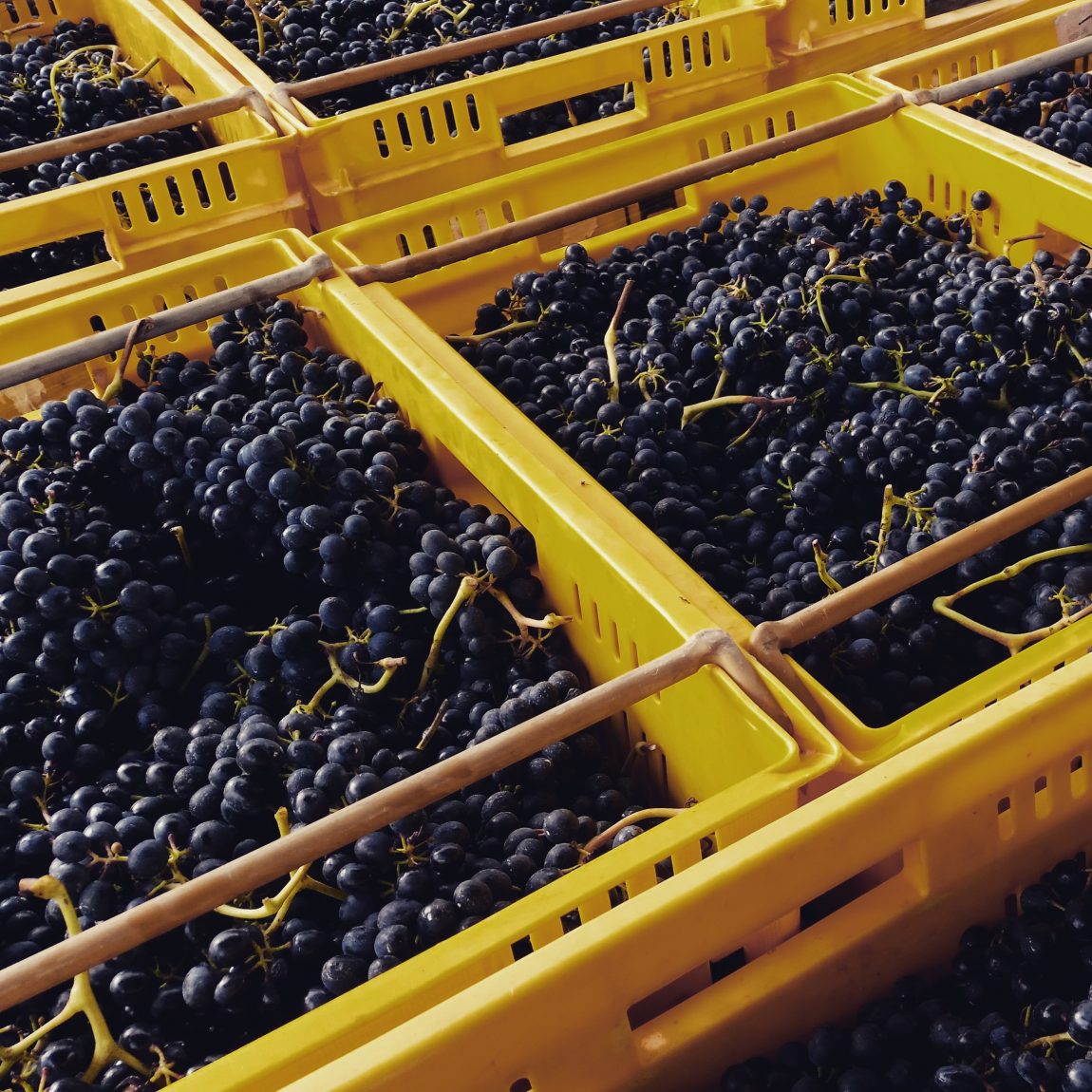The evolution of Craggy Range’s Le Sol Syrah is a microcosm of the progress of fine red wines in New Zealand in recent years.
Time has brought a greater understanding of the vineyards, which have themselves matured, as well as a realisation within the winemaking community that less is more when it comes to tannins and oak.
Tasting the Gimblett Gravels Syrah from 2006 to 2015, it is clear that it has gained greater intensity of fruit yet achieved more subtlety; oak use has become more sensitive and tannins are more refined, almost cocoa powder-like in nature.
The first vintage – 2001 – was produced from vines less than two years old. The vines are now well past their 12th birthday, a year that many producers Down Under consider to be a milestone.
I created an incredibly geeky spreadsheet of the analysis of the vintages from 2006 to 2013 (there was no 2012, the fruit didn’t make the grade), which is below if you’re into a bit of technical stuff. It shows that alcohol levels have fallen, which is due, in part, to older vines, as well as an appreciation that hang time is not needed to achieve full ripeness. There’s no need for a 14.5 percent alcohol Syrah in Hawke’s Bay, the region’s unique selling point is its mid-weight Syrahs with cool climate characteristics of black pepper spice along with ripe – but not jammy – red fruit.
“There are fewer people pushing the ripeness boundary [today]” says Matt Stafford, chief winemaker at Craggy Range.
Another important step in the refinement of Le Sol has been improved tannin management. While punch downs rather than pump overs have always been the order of the day at the winery, the frequency and timing of those punch downs has been key to producing fine, mouthcoating tannins in recent vintages.
“We used to be more aggressive as the ferment was getting going,” Matt admits. Now, they might punch down just once a day until the ferment is in full swing and then there will only be three punch downs. My geek-sheet below shows that the wines were fined in 2006 and 2008, as extraction and/or oak was a little on the heavy side. It has not been necessary since then.
Better tannin management is a region-wide development, Matt believes. “Even if I look back at the so-called good vintages [like 2002], I always find them tough. People [in the Hawke’s Bay] extracted a bit too much but have learned through the mid 2000s; although you see a few wines that are a bit tight in their tannin profile,” he says.
There’s also a welcome reduction in the new oak component for Le Sol, falling gradually from 50 percent in 2006 to 32 percent in 2013, which seems to be a happy place, although I wouldn’t be averse to seeing that fall a touch more. There’s been fine tuning of coopers too and there’s a noticeable difference in the nature of the oak between 2010 and 2011, when one of the coopers got the boot.
“Oak handling has changed,” says Stafford, not just at Craggy Range but across the region and beyond. He explains that the wine media criticised the use of oak in Hawke’s Bay at a regional Syrah symposium “and we have listened.”
It’s not just at Craggy Range that this fine tuning is going on. It’s a region- and country-wide phenomenon from Syrah to Pinot Noir and if the weather plays ball, New Zealand reds have a bright future.
| Vintage year | Alcohol (%) | pH | Acidity | New oak (%) | Vintage descriptor | Fining? Filtration? |
|---|---|---|---|---|---|---|
| 2006 | 13.8 | 3.46 | 5.92 | 50 | very warm | yes, yes |
| 2007 | 14.2 | 3.58 | 6 | 42 | long, dry, cool | no, yes |
| 2008 | 14.4 | 3.76 | 5.6 | 47 | warm, dry, good | yes, yes |
| 2009 | 14.1 | 3.75 | 5.96 | 39 | sunny and warm | no, yes |
| 2010 | 13.7 | 3.84 | 5.8 | 38 | cool, dry autumn | no, yes |
| 2011 | 13 | 3.68 | 5.5 | 35 | wam, La Nina | no, yes |
| 2013 | 13.1 | 3.61 | 5.8 | 32 | warm and dry, excellent | no, yes |

